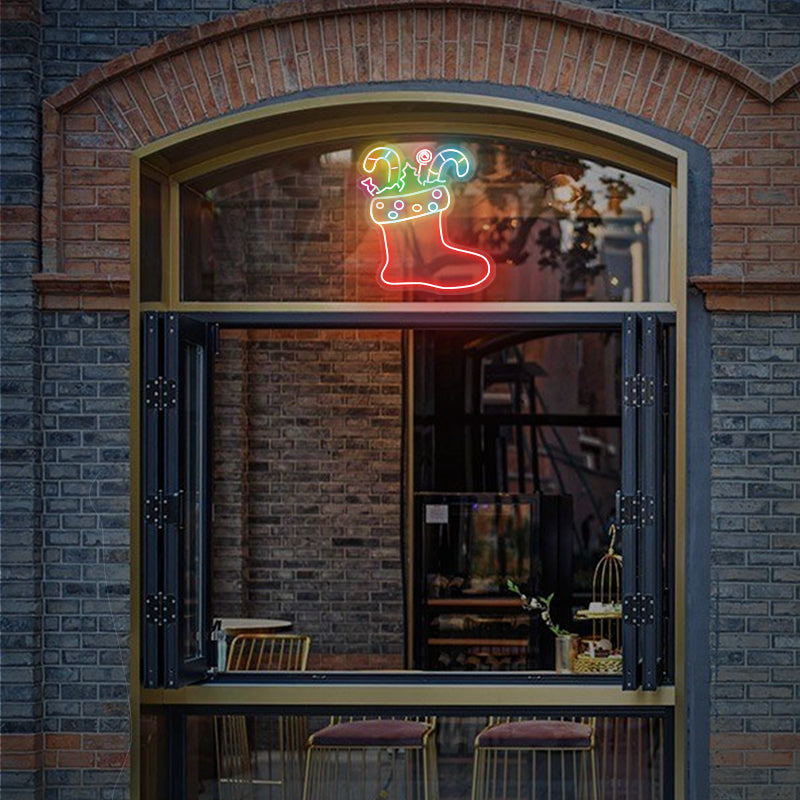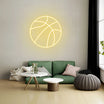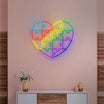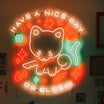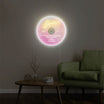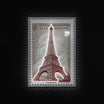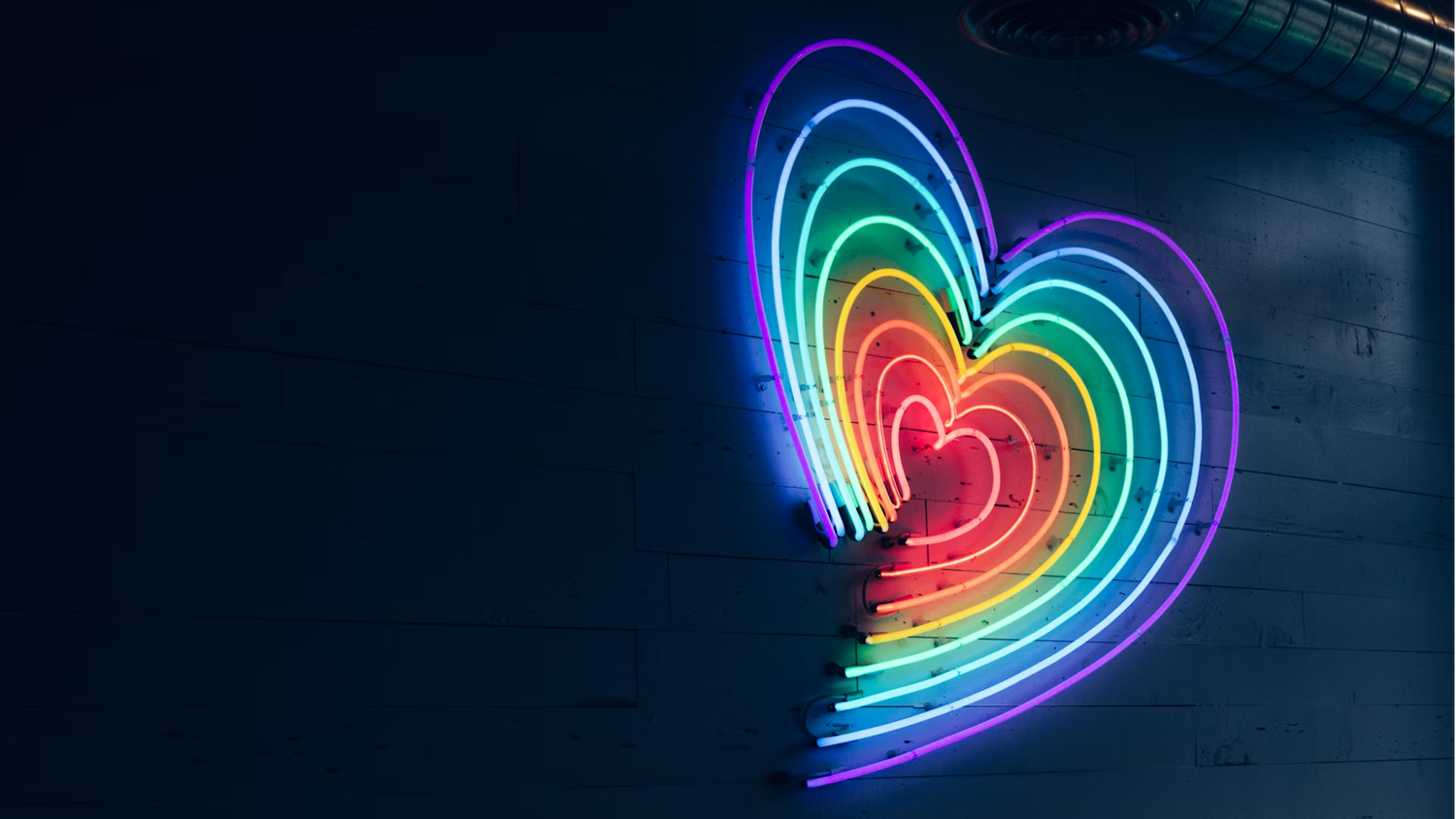Table of Contents
If you are looking for backlit signs to display, decorate, or light up your spaces, you'll soon be faced with RGB or Static neon signs. Both are quite good at what they are designed to do and are widely available, but when do you choose RGB over static and vice versa? Let's find out!
In this blog post, we discuss RGB signs and static neon signs, focusing on their major differences, applications, disadvantages or shortcomings, and advantages or upsides.
Generally, neither option is wrong as they are designed for a purpose. The tricky part for most people is knowing when to buy RGB and when a simple static neon sign would suffice.
What is RGB?
In the simplest terms, RGB signs are a modern implementation of the classic neon sign that uses LEDs to light up and display many colors or animations. RGB signs are generally more common in many places today because they are cheap to buy, program, and maintain.
RGB signs use LEDs as their primary lighting source. If you have interacted with any modern lighting system before, you have probably seen LEDs at work. LEDs are the most popular type of light source and the most versatile, as they can be installed in any lighting setup, including powering traditional-looking neon signs.
LED neon signs differ from traditional static neon signs because they don't use delicate glass tubing filled with noble gases to emit light. Instead, they are made of LEDs housed inside durable plastic or silicone housing. They are more resistant to damage from the elements, lighter, and more energy efficient than their traditional counterparts.
RGB stands for Red, Green, and Black, representing the colors in the light emitting elements in the LEDs lighting up the neon sign. These three colors allow the neon sign to light up and display different colors depending on how the LED sign is programmed. Every LED inside an RGB sign contains these three elements housed in a single unit.

Static Neon Signs
Before we get into the comparison, let's define what a static neon sign is. A static or traditional neon sign is an illuminated display of tubes filled with noble gases. The sign is called static because they don't change colors dynamically since each noble gas emits a specific hue.
RGB vs. Static Neon Signs: What's the Difference?
The following are the main differences between RGB signs and static neon signs:
Color Options
RGB signs have virtually unlimited colors. They use red, green, and blue LEDs to produce millions of colors and randomly change colors. You can adjust the colors with digital controls to match any brand color or ambiance.
On the other hand, static neon signs are limited to the gases in their tubes - one color per tube, and multiple colors usually mean physically swapping tubes. Gorgeous as it may be, static or vintage neon has a relatively limited color range (pallet), with some being harder to make than others.
Functionality
RGB signs are the most versatile and programmable of the two. You can use them to create dynamic light effects, animations, and color changes. You can also remotely operate them using an application or a controller. The brightness levels are simple to control, and different components display different colors simultaneously.
Static neon signs, even though durable, are static in their form. You can turn them on or off, and brightness will always be consistent. They can neither display animations nor change patterns without complex and expensive mechanical measures.
Design and Aesthetics
Each style has its unique aesthetic appeal. Generally, static neon signs have a characteristic warm and diffused illumination with gentle color gradations along the tube that many consider irreplaceable. They have a retro, original look deeply linked with urban culture and nostalgia.
While capable of producing bright and vibrant displays, RGB signs have a brighter, more intense light that some consider less natural. However, they offer cleaner lines and more accuracy in determining the outcome, thus making them suitable for modern minimalist styles.
Use Cases
Static neon signs are mainly used where vintage appearance and authenticity matter. Think old-town neighborhoods, vintage-style businesses, high-end bars, and art pieces. On the other hand, RGB signs have found their place in modern retail outlets, clubs, interactive exhibits, and settings where ongoing visual changes are required.
You can also use RGB signs where accurate brand colors must be replicated in corporate offices. They are also great in retail settings where dynamic signage augments the shopping experience.
Cost Differences
The price for RGB neon signs and static neon signs are almost the same. In the same size and content, RGB neon signs are maybe dozens of dollars expensive than the static neon signs. So price is not the point, you can choose any color neon signs.
How to Choose Between RGB and Static Neon
Use the following criteria or factors when choosing between RGB and static neon signs:
1. Purpose
How are you going to use the neon sign? If you need a sign, you can use it for many occasions, promotions, or moods; RGB is the better choice. For example, a store might find shifting colors for different seasons or sale periods helpful.
However, if you need the traditional, unchanging look - perhaps for an old-fashioned diner or heritage-style bar - static neon signs provide that authentic, retro ambiance. Also, think about whether your specific use case would be better served by being adaptable or realistic.
2. Budget
Take into consideration short- and long-term costs. While static neon signs tend to be more costly upfront due to bespoke construction, RGB signs might require that you spend on control systems and software. Also, think about energy costs - RGB signs are significantly more energy-efficient and can save you money over time.
However, repairing static neon requires specialized expertise and can be expensive when they break. On the other hand, RGB signs often have modular components that are easier and cheaper to replace. Calculate your budget, including installation, operation, and potential maintenance costs.
3. Personal Style
Your aesthetic preferences play a significant role. Static neon possesses a distinct, cozy glow with defects that add character - perfect for retro, vintage, or art displays. RGB signs produce a more contemporary, sharp look with clean lines and uniform illumination.
You may also want to pay attention to your space's existing design. A modern minimalist area could benefit from the clean look of RGB. In contrast, industrial or country environments might benefit from the organic look of traditional neon.
4. Maintenance
As mentioned earlier, static neon requires professional maintenance. It can be fragile - if you're placing the sign in a high-traffic area or where it could be subject to vibrations (this might cause problems). RGB signs are less fragile and more repairable, with fewer broken parts.
RGB signs are not gas-filled either and require no special handling when repairing them. If you do not have readily available access to neon sign repair experts in your immediate region, or you would prefer a more hands-off approach to upkeep, RGB may be a safer choice.
How to Customize Your Neon Sign
Customization is the most important thing when it comes to neon signage for home or commercial use. Luckily, you can easily customize any neon sign with the following easy steps with LamomoNeon online and have the sign shipped to you:
1. RGB Color Personalization
When customizing neon signs, you get to decide the color scheme. Most RGB systems have preset colors and can define custom colors by specifying red, green, and blue values.
Start with choosing your primary colors - most companies replicate their brand colors exactly using RGB values. You can have multiple color schemes for various occasions or at different times of day.
Most modern RGB controllers allow you to save multiple color presets and switch smoothly between them to script a series of different looks for different events.
2. Design Process
Start your design cycle with consideration for space and view distance. Graph your idea on paper first, remembering that it is often best to keep simple designs simple. In RGB signage, think through how individual portions can be independently colored - it will create interest but should not overly complicate the design.
A company like LamomoNeon also allows you to work off digital files using their intuitive online design. This makes it simpler to tweak your design before manufacturing. Remember that the power supply and controller dimensions will have to be included in the installation plan.
3. Text vs. Art
When you choose between text and graphics, consider how complex your message is. Text works best if it is made simple - remember that neon is more about shock value than communication. For text-based designs, font choice matters - some fonts work better in neon than others, with flowing script and block lettering typically good bets.
Artistic motifs may be as simple as an icon or as complex as a scene, but remember that each additional detail adds complexity and cost. You can combine text and artwork meaningfully - e.g., with a plain icon and your company name or a border graphic around key text.
In Conclusion
As you have seen from this comparison, both types of signage (RGB and neon signs) have advantages and disadvantages. There are also specific cases where using RGB, for instance, would be better than using static neon signs- like where you need dynamic colors.
Also, remember that it is pretty easy and convenient to get custom neon signs with Lamomoneon instead of making them yourself or buying generic ones. Custom neon signs can help you pass the message or get the vibe you want if decorating your space.



